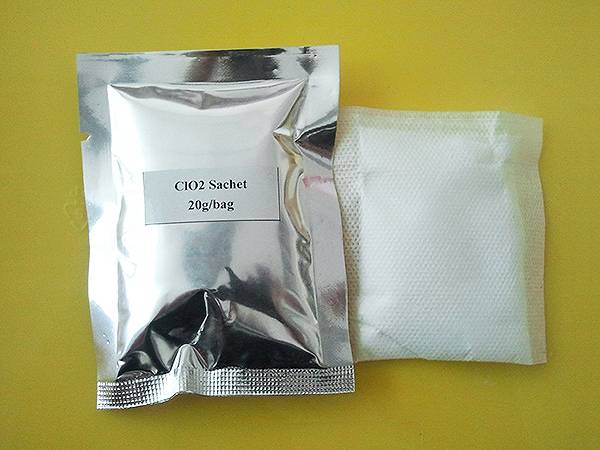



25 sodium hydroxide sds
Safety Data Sheet (SDS) for 25% Sodium Hydroxide
Overview Sodium hydroxide (NaOH), commonly referred to as lye or caustic soda, is a highly versatile and widely used industrial chemical. In its 25% aqueous solution form, sodium hydroxide is employed in a variety of applications ranging from household cleaning products to large-scale industrial processes. Understanding its properties, hazards, handling procedures, and emergency measures is crucial for maintaining safety in environments where it is used. This article aims to provide comprehensive insights into the safety data sheet (SDS) associated with 25% sodium hydroxide.
Chemical Identification - Name Sodium Hydroxide - Molecular Formula NaOH - CAS Number 1310-73-2 - Synonyms Caustic soda, Lye
Physical and Chemical Properties - Appearance Clear, colorless liquid - pH > 13 (alkaline) - Boiling Point Approximately 100 °C (212 °F) for the aqueous solution - Density 1.2 g/cm³ - Solubility Highly soluble in water, releasing heat during dissolution
The highly alkaline nature of sodium hydroxide means that it can cause significant reactions with acids, organic materials, and other reactive substances.
Hazards Identification Sodium hydroxide is a corrosive substance that poses various health and environmental risks
. The key hazards associated with a 25% solution of sodium hydroxide include- Corrosive to Skin and Eyes Direct contact can cause severe burns, tissue damage, and can be life-threatening. Eye exposure can lead to serious damage including blindness. - Respiratory Hazard Inhalation of aerosols can cause damage to the respiratory tract, leading to potential lung damage. - Environmental Hazard Sodium hydroxide can have detrimental effects on aquatic life and should not be released into the environment without adequate treatment.
First Aid Measures In case of exposure, immediate action is crucial
25 sodium hydroxide sds

- Skin Contact Rinse the affected area with plenty of water for at least 15 minutes. Remove contaminated clothing and seek medical attention immediately. - Eye Contact Rinse eyes cautiously with water for several minutes. Remove contact lenses if present, and continue rinsing. Seek immediate medical attention. - Inhalation Move the affected person to fresh air immediately. If breathing is difficult, seek medical assistance. - Ingestion Do not induce vomiting. Rinse mouth and seek medical attention immediately.
Handling and Storage Proper handling and storage of sodium hydroxide are imperative to minimize risks
- Handling Always wear appropriate personal protective equipment (PPE), including gloves, goggles, and face shields. Ensure that workspaces are well-ventilated. - Storage Store in a cool, dry place away from incompatible materials such as acids, halogens, and organic solvents. Containers should be tightly sealed and labeled correctly.
Personal Protective Equipment (PPE) When working with 25% sodium hydroxide, the following PPE is recommended
- Chemical-resistant gloves (e.g., nitrile or neoprene) - Safety goggles or face shield - Protective clothing (gloves, long sleeves, and aprons) - Respiratory protection (if there is a risk of inhalation)
Spill and Leak Procedures In the event of a spill, it’s essential to follow these procedures
1. Evacuate the area and ensure proper ventilation. 2. Contain the spill to prevent it from spreading. 3. Neutralize the material with a suitable acid (such as acetic acid) if safe to do so. 4. Collect the neutralized material and dispose of it in accordance with local regulations. 5. Report the incident to the appropriate authorities as needed.
Conclusion 25% sodium hydroxide is a powerful chemical that serves many important functions across various industries. However, due to its highly corrosive nature, it requires careful handling and strict adherence to safety protocols outlined in its Safety Data Sheet (SDS). By understanding the hazards and implementing effective safety measures, individuals can work more safely and responsibly with this essential chemical.
-
Why Sodium Persulfate Is Everywhere NowNewsJul.07,2025
-
Why Polyacrylamide Is in High DemandNewsJul.07,2025
-
Understanding Paint Chemicals and Their ApplicationsNewsJul.07,2025
-
Smart Use Of Mining ChemicalsNewsJul.07,2025
-
Practical Uses of Potassium MonopersulfateNewsJul.07,2025
-
Agrochemicals In Real FarmingNewsJul.07,2025
-
Sodium Chlorite Hot UsesNewsJul.01,2025










